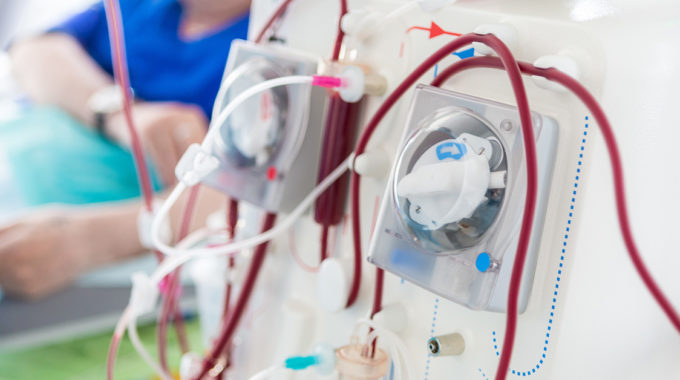
Are Hope and Reality at Odds in End-of-Life Care?
This question refers to a long-standing conflict in medical care. On one hand, doctors want to give their patients accurate medical information. Patients need this to participate meaningfully in their care planning. On the other hand, doctors cite a desire to help patients maintain hope when the prognosis is grim. The result of this conflict may be that doctors sometimes withhold frank conversations about life expectancy. For instance, in one study, only 43% of oncologists reported usually having conversations about life expectancy with patients.1
Some doctors argue that staying quiet about prognosis robs patients of quality of life during a very important time of life. One such doctor is Ezekiel Emanuel, an oncologist and vice provost at the University of Pennsylvania. His recent editorial in The Atlantic describes his personal experience with the death of his 92-year-old father. He writes that it was not the death his father would have wanted, nor was it the death that he wanted for his father. Dr. Emanuel complains about a medical system that orders tests, surgeries, and procedures that are not going to extend life but that do bring fatigue and discomfort.
A few months later, Dr. Arthur Caplan of the NYU School of Medicine recorded commentary on Dr. Emanuel’s experience. His commentary bears the title “Hope is Fine, but Reality Is Best in End-of-Life Care.” Caplan asks, “if a major professor and a major voice in health policy . . . couldn’t get the death that he thought his dad would have wanted, that bodes ill for the rest of us.” He charges, “We’ve got to fix it.” Dr. Caplan commented that he even gets upset when he sees nurses waking up dying patients in the middle of the night to take their vital signs, when everyone knows they are dying.
Among other problems, Dr. Caplan suggests that doctors are too conservative with pain-relieving opioid prescriptions due to current problems with opioid misuse and addiction. The evidence supports Dr. Caplan’s position. While there are strong arguments for being conservative with opioid prescriptions among healthier patients, evidence suggests that effective pain control is more important for dying patients. Opioid prescriptions correlate with longer life for patients in end-of-life care. What’s more, higher doses of opioids correlate with longer life than lower doses.
Dr. Caplan states “The notion that we have to pound on people with all the technology we’ve got, because that represents our not giving up hope, flies in the face of the fact that sometimes we know that hope is gone.” There is a better way to state this. First, the idea of robbing patients of hope refers to their emotional status. Removing the euphemisms, doctors are saying they don’t want the facts to cause a patient to have a worse emotional status. Evidence suggests that it works the other way around. Prognostic disclosure does not negatively affect the patient’s relationship with the doctor. Patients who understand their prognosis more accurately prove more likely to report a higher quality of life, and their families demonstrate improved emotional status. Most of this stems from improved use of hospice.
We need not say that “we know hope is gone.” Reality and hope are not at odds in end-of-life care. The question is “what are we hoping for?” Prognostic disclosure, advance care planning, patient and family understanding, and ultimately hospice offer realistic hope for a higher quality of life during end-of-life care – for the death that people want for themselves and for their loved ones.
Reference
- Daugherty C, Hubocky F. What are terminally ill cancer patients told about their expected deaths? A study of cancer physicians’ self-reports of prognosis disclosure. J Clin Oncol. 2008; 26: 5988-5993.





